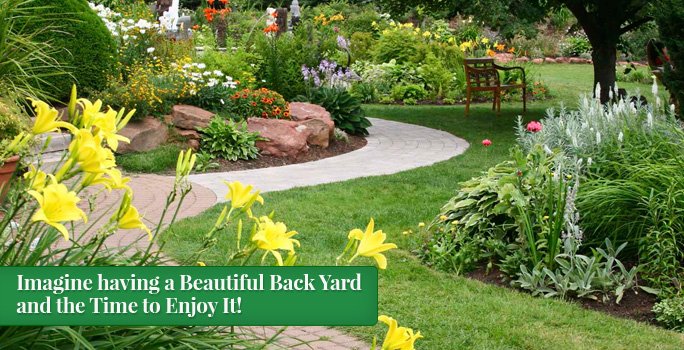Here is some educational information to help you diagnose your lawn. Mites and chinch bugs can cause considerable damage to your lawn if left undiagnosed and not treated in 3 weeks or less.
Have you seen any chinch bugs lately?
We are seeing an infestation!
These tiny insects live in lawn grasses above the soil,
feeding on lawns by sucking out the vital juices of the grass plant.

Your Lawn Is At Risk
When chinch bug eggs hatch and the young begin feeding, small patches of brown grass start to appear. If a homeowner ignores the problem or mistakes it for drought, the patches will continue to grow. Chinch bugs can devastate an entire lawn in as little as three weeks if no control methods are taken.
Signs of Potential Chinch Bug Damage:
- Dry patches that do not improve with lawn watering
- Damage on sunny hillsides
- Scurrying insects among grass blades
We are seeing the worst infestation of active mites and chinch bugs in 27 years.
About every fifth client is calling in complaining about huge brown spots in their yard.
It’s due to the extremely dry winter and lack of heavy moisture this spring.

Life Cycle
To control an insect population we must understand its habits and its life cycle. Chinch bugs survive the winter as adults seeking shelter from the cold and snow under shrubs, hedges and leaf litter. In the latter part of the spring they come out of hiding and venture into the lawn. Here they will mate and the females will seek a hot dry location in which to lay their eggs (usually a south-facing, sloping hillside). Chinch bugs like hot dry locations.
The adult female will lay approximately 250 eggs in the lawn. In about 3 weeks time the eggs begin to hatch and the young chinch bugs (nymphs) begin feeding. Two or more generations can mature each season. The eggs are laid very close together so that when the eggs hatch and the young begin feeding, small patches of small grass begin to appear. If a homeowner ignores the problem or is unaware of it the patches get bigger as the insect matures and seeks food further afield. Chinch bugs can totally ruin a lawn in 3 weeks if no control methods are taken.
Control
If you see suspicious brown patches starting to appear in the lawn DON’T HESITATE.
Call us at 720-851-7550!
- If you do have chinch bugs we can protect your investment in your property by promptly treating the problem.
If your brown patches are due to lack of water we can advise you on correct watering procedures.
Click “DO IT FOR ME!” to get a FREE Quote


















 Environmental Impact
Environmental Impact Minor Adjustments Can Make Major Improvements!
Minor Adjustments Can Make Major Improvements!

 Inadequate watering of lawn during summers or during water shortage periods, like in droughts, greatly damages lawn, sometimes permanently.
Inadequate watering of lawn during summers or during water shortage periods, like in droughts, greatly damages lawn, sometimes permanently.
 Nobody wants their lawn to look shaggy, coarse, or with brown patches. However, that is what the intense summer sun does to your lawn. It takes a lot of effort to have a manicured lawn with crisp edges and lush grass like that of a riverbank. For having a yard that looks nurtured in a sweltering sun, the primary
Nobody wants their lawn to look shaggy, coarse, or with brown patches. However, that is what the intense summer sun does to your lawn. It takes a lot of effort to have a manicured lawn with crisp edges and lush grass like that of a riverbank. For having a yard that looks nurtured in a sweltering sun, the primary 




